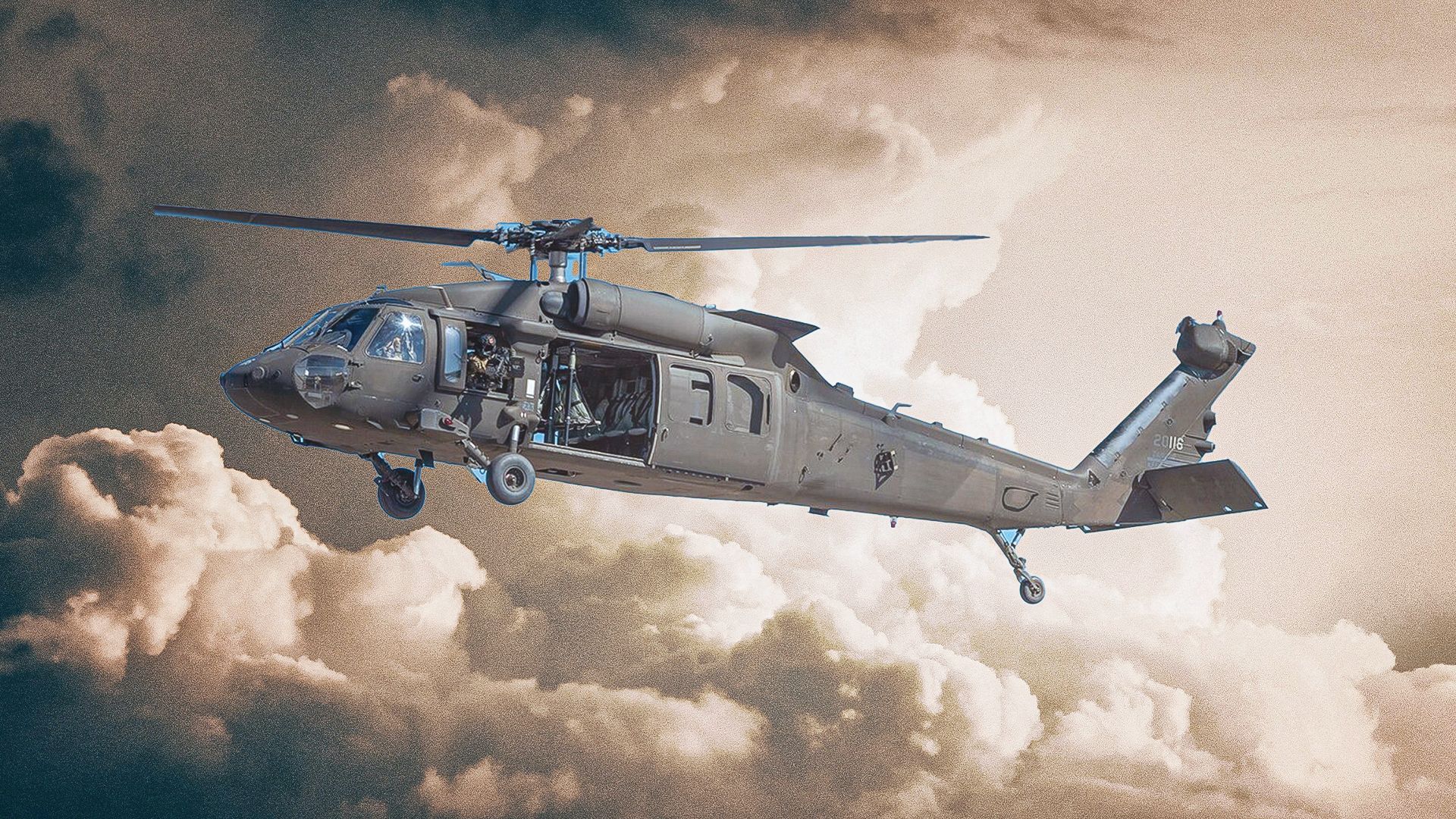UH 60: A Comprehensive Guide to Its Features and Military Applications
UH 60: A Comprehensive Guide to Its Features and Military Applications
Blog Article
Whatever You Required to Learn About the UH 60 Helicopter
The UH-60 helicopter, a cornerstone of U.S. Army aeronautics because its debut in 1979, stands for an amazing mix of design and functional convenience. As military requirements evolve, so too does the helicopter, with recurring developments intended at boosting its capacities and incorporating contemporary technologies.
Background of the UH-60
Developed in the late 1970s, the UH-60 Black Hawk helicopter arised as an action to the U.S. Military's demand for a versatile energy helicopter that can do a range of objectives under difficult problems. The impetus for its design was the shortcomings determined in the earlier helicopters utilized during the Vietnam Battle, especially in terms of survivability, maneuverability, and rate.
The Black Hawk was made by Sikorsky Airplane, including innovative technologies and materials to boost its efficiency and durability. It was formally presented into service in 1979, rapidly ending up being a vital asset for military procedures - uh 60. Its capability to deliver troops, clinical evacuation, and logistical support in both battle and humanitarian objectives made the Black Hawk a vital part of the united state Military's aeronautics fleet
Throughout the decades, the UH-60 has actually been constantly upgraded, adjusting to the changing nature of warfare and the progressing needs of modern military operations. Its functional history consists of involvement in significant conflicts, peacekeeping objectives, and catastrophe relief initiatives, solidifying its track record as a reliable and reliable helicopter in numerous environments worldwide.

Style and Requirements
The style of the UH-60 Black Hawk helicopter regularly reflects a dedication to functional effectiveness and convenience. Established by Sikorsky Airplane, this medium-lift utility helicopter features a streamlined, aerodynamic fuselage that enhances rate and ability to move. Its tandem blades system, identified by two counter-rotating blades, lessens vibration and enhances lift capacity, permitting for much safer operations in varied settings.
The UH-60 is powered by 2 T700-GE-701C turboshaft engines, giving an optimum rate of roughly 180 knots and a series of around 400 maritime miles. Its robust airframe is constructed from sophisticated composite materials, guaranteeing resilience while keeping a relatively low weight. The helicopter has an optimum gross weight of concerning 22,000 pounds, sustaining a functional haul setup.

Missions and duties
A versatile system, the UH-60 Black Hawk helicopter serves a plethora of roles and missions within military procedures. Developed mostly for troop transport, it is qualified of bring as much as 11 soldiers, making it an important property for fast release and logistical support.
In enhancement to troop transport, the UH-60 masters clinical emptying (MEDEVAC) goals, equipped with innovative medical tools to supply important treatment during transit. Its capability to run in varied atmospheres boosts its performance in fight search and rescue (CSAR) procedures, where speedy extraction of workers is vital.
The helicopter also plays a considerable function in reconnaissance and monitoring objectives, utilizing onboard sensing units and equipment to collect knowledge. Additionally, its flexibility encompasses logistical support, efficient in transferring materials and equipment to forward running bases - uh 60.
In fight procedures, the UH-60 can be outfitted with different weapon systems, allowing it to provide close air support. Its multi-role ability makes the Black Hawk a crucial tool for modern army pressures, adapting effortlessly to the evolving demands of field of battle situations and guaranteeing objective internet success throughout look here a series of functional contexts.
Efficiency and Capacities
Recognized for its robust performance, the UH-60 Black Hawk helicopter boasts remarkable capacities that boost its operational performance across various objectives. uh 60. This multi-role airplane is furnished with powerful twin-engine Turbomeca Arriel 1D1 engines, giving exceptional rate and maneuverability, with a maximum cruise rate of about 150 knots and an operational series of around 400 maritime miles
The Black Hawk's sophisticated avionics and fly-by-wire control systems dramatically improve trip security and handling, enabling it to run in diverse atmospheres, consisting of unfavorable weather condition conditions. Its versatility is further exhibited by its ability to bring approximately 11 fully outfitted soldiers or a haul of approximately 8,000 pounds, making it optimal for army transport, clinical emptying, and logistical support goals.
Furthermore, the UH-60 is developed for survivability, featuring reinforced airframes, ballistic protection for staff and travelers, and advanced countermeasure systems to avert risks. The helicopter's dexterity and rate, incorporated with its ability for rapid release, make it an important asset in contemporary army operations, making sure that it continues to be a crucial element of tactical air assistance and field of battle flexibility.
Future Advancement

One considerable emphasis is the integration of innovative avionics systems, which will improve situational awareness via improved navigating and interaction capacities. This includes the prospective use fabricated knowledge to help pilots in decision-making and mission preparation.
In addition, future variants might include advanced materials and design features to strengthen the helicopter's longevity and decrease its radar signature, enhancing survivability in contested atmospheres.
The introduction of hybrid-electric propulsion over here systems is likewise imminent, intending to improve fuel performance and reduce logistical worries. Such innovations could extend functional range and reduce the helicopter's ecological impact.

Conclusion
The UH-60 helicopter stands for a substantial development in army air travel because its intro in 1979. The UH-60's enduring visibility highlights its essential function in modern-day army procedures and highlights the recurring development of armed forces air travel modern technology.
The UH-60 helicopter, a keystone of U.S. Military aviation since its debut in 1979, represents an impressive blend of engineering and operational versatility. As military demands advance, so also does the helicopter, with ongoing developments aimed at enhancing its abilities and integrating modern-day technologies.The design of the UH-60 Black Hawk helicopter consistently reflects a commitment to functional performance and flexibility. Developed by Sikorsky Aircraft, this medium-lift utility helicopter includes a streamlined, aerodynamic fuselage that boosts rate and ability to move.The UH-60 helicopter represents a significant innovation in army aeronautics since its introduction in 1979.
Report this page